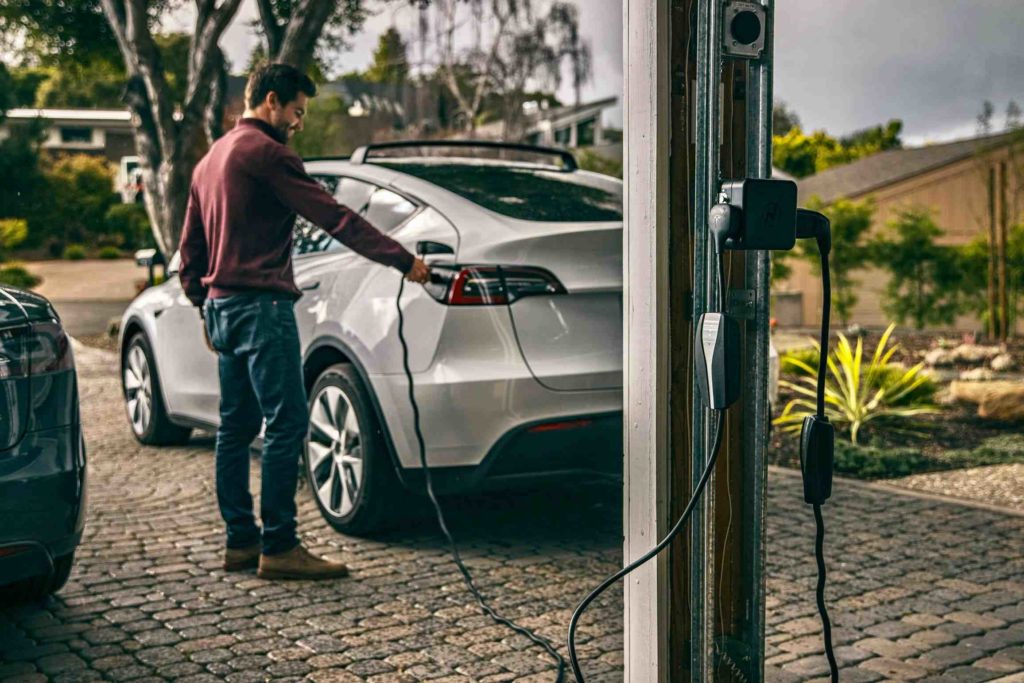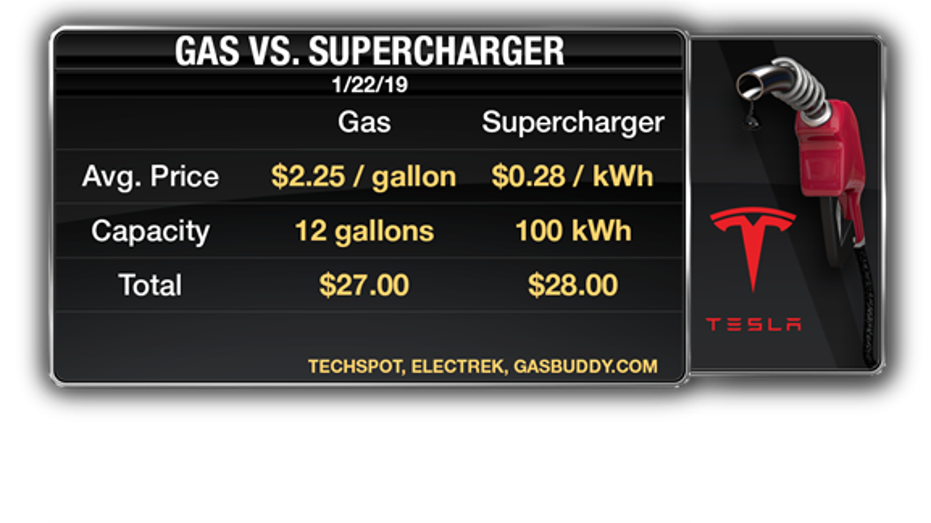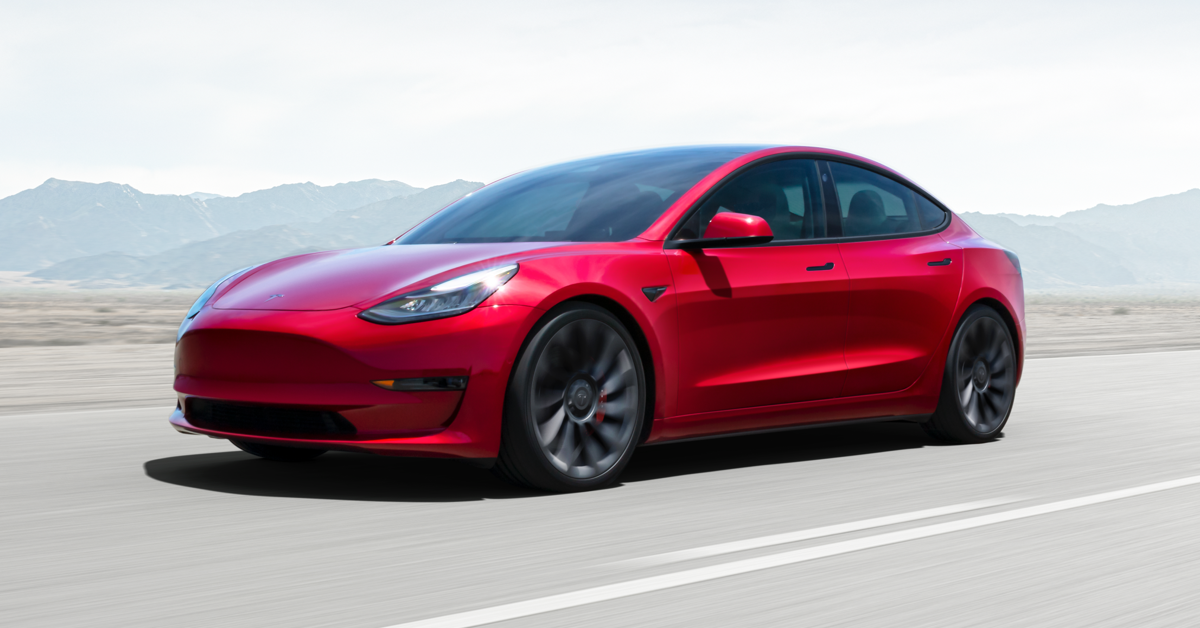Is it cheaper to charge Tesla at home or station?
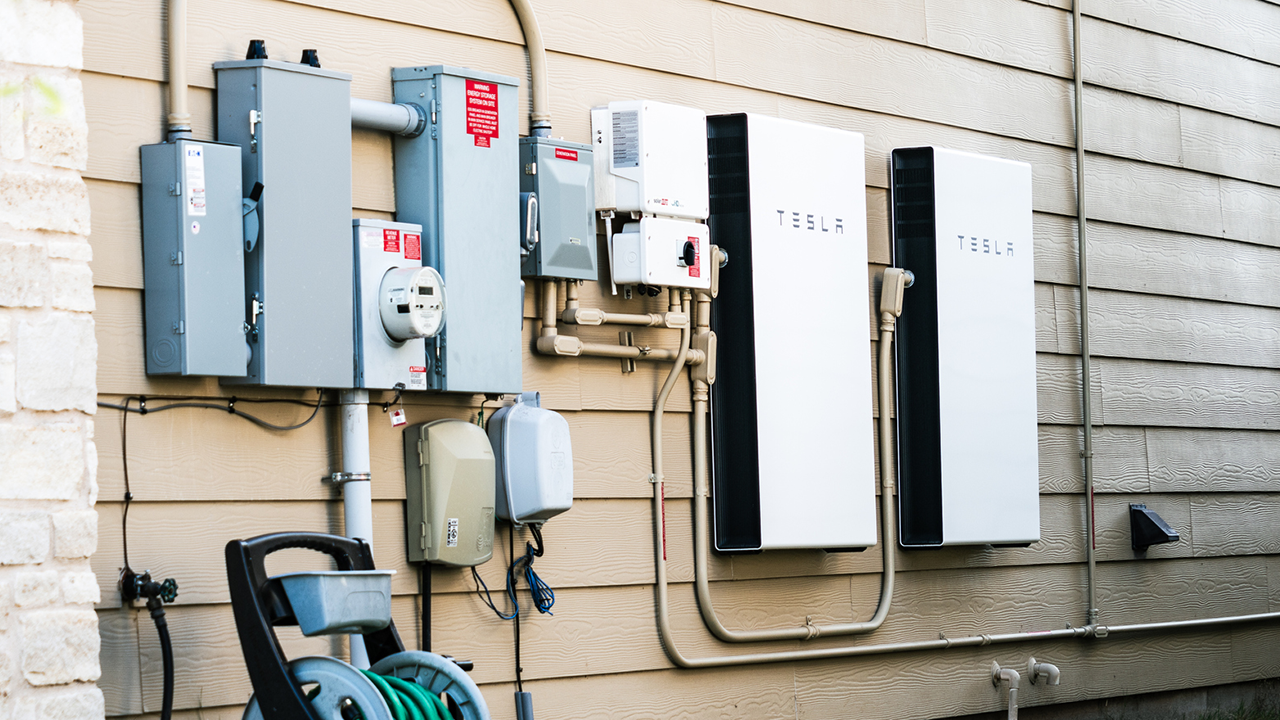
In almost all cases, charging your Tesla at home will save you the most money, as superchargers tend to charge a higher rate per kWh than your utility. Depending on the model you have, it costs between $ 7.65 to $ 15.29 to fully charge your Tesla home.
How much does it cost to charge a Tesla at a charging station? The average cost of the supercharger of $ 0.25 per KW also applies to the Model 3. A full charging station at about 250 miles of track costs about $ 22. See the article : Can you plug a Tesla into a regular outlet?.00. More typically, a half charge (150 miles of track) will cost about $ 11.00. Costs vary based on the region of the country and local electricity rates.
How much does it cost to charge a Tesla at home per month?
He also shares some valuable information about power rates and EV charging in general. After reviewing the data in detail, Daniel reveals that it costs him on average about $ 1. See the article : Is Tesla charging free?.76 per night to charge his Model Y at home, or about $ 53 per month ($ 642 per year).
How much does Charging your Tesla at home raise your electric bill?
For all Tesla products, the average charging cost per kilometer is 4.56 cents per kilometer. So, if you only charge your Tesla at home, you can expect your electricity bill to increase by about $ 50 each month.
Does it cost a lot to charge Tesla at home?
Let us also allow a charging efficiency of 85%, which is standard for Level 2 home charging stations. Based on this, it will cost about $ 15.29 to fully charge a Model X. Given the 2021 Model X Long Range is a range of 360 miles, the cost per mile would be about $ 0.042, or $ 4.24 per 100 miles driven.
How much does Charging your Tesla at home raise your electric bill?
For all Tesla products, the average charging cost per kilometer is 4.56 cents per kilometer. To see also : How much does it cost to charge a Tesla at a supercharger station?. So, if you only charge your Tesla at home, you can expect your electricity bill to increase by about $ 50 each month.
How much does it cost to charge a Tesla per month at home?
How much does it cost to charge a Tesla at home per month? According to Forbes, it costs $ 25 to $ 33 a month to charge a Tesla home. Others report that the average cost is $ 49. These costs vary depending on the amount of charge you use each day to drive your Tesla.
How much does it cost in electricity to charge Tesla at home?
Let’s say you own a Model X with a 100kWh battery and you pay the national average electricity cost in the US of $ 0.13 per kWh. Let us also allow a charging efficiency of 85%, which is standard for Level 2 home charging stations. Based on this, it will cost about $ 15.29 to fully charge a Model X.
Is charging Tesla at home expensive?
Let us also allow a charging efficiency of 85%, which is standard for Level 2 home charging stations. Based on this, it will cost about $ 15.29 to fully charge a Model X. Given the 2021 Model X Long Range is a range of 360 miles, the cost per mile would be about $ 0.042, or $ 4.24 per 100 miles driven.
Should I charge my Tesla every night?
The short answer to the question is no. Generally, you should not charge your electric car every night. It is not necessary in most cases. The practice of charging an electric vehicle every night can shorten the life of the car’s battery pack.
How often should you charge your Tesla? What is the best practice to charge a Tesla at home? We recommend that you connect each evening to drain the battery. What percentage should I charge the battery? For regular use, we recommend keeping your car in the “Daily” range bracket, up to about 90%.
Is it OK to leave Tesla charger plugged in?
The manual only suggests that they be plugged in and charged at a “not high end” rate. Mutantly said: Always keep it connected. General NEMA 14-50 outlets are not designed for frequent plug insertion and may disappear (too loose to hold the plug properly) after as few as 100 insertions (especially cheaper outlets).
Can I leave Tesla charger plugged in overnight?
A 120 volt outlet delivers 2 to 3 miles range per hour charged. If you are charging overnight and driving less than 30 to 40 miles per day, this option should suit your typical charging needs.
Should I leave my Tesla plugged in all the time?
Keep your Tesla connected whenever possible. This helps the battery retain some heat. The onboard computer will automatically prevent overload.
Should I leave my Tesla plugged in all the time?
Keep your Tesla connected whenever possible. This helps the battery retain some heat. The onboard computer will automatically prevent overload.
Is it OK to leave Tesla unplugged?
It’s good for your Tesla to be excluded in the short term. Every time you do not drive for several days or weeks, it is important to stop the vehicle. Do not rule out a Tesla for too long, and you risk battery damage. Of course, it is not always possible to keep your Tesla connected.
Should you unplug Tesla charging?
Yes, you should keep your EV connected when you are not using it. That’s the simple answer and if you do not read it anymore, at least remember that. The cost of getting your EV battery to reach 0% is far greater than any of the disadvantages of having it plugged in.
How many times a week should I charge my Tesla?
Normally you only need to charge your Tesla once or twice a week! Different types of electric cars require different quantities of charging. Since Teslas runs on lithium batteries, it is a good idea to charge yours before it falls below the 20% battery capacity mark.
Is it better to charge Tesla everyday?
If the image of the battery shows ‘50% ‘and’ 100% ‘: Tesla recommends that you keep your charge limit to 100%, even for everyday use, and that you also regularly charge your vehicle to 100%.
Can you charge a Tesla too often?
One of those things is not too often to charge on a full charge. Repeated full charges can adversely affect Li-Ion battery cells, so Tesla recommends charging only at 90% capacity daily and only charging at 100% when needed for long journeys.
How much does it cost to charge a Tesla at home per month?

He also shares some valuable information about power rates and EV charging in general. After reviewing the data in detail, Daniel reveals that it costs him on average about $ 1.76 per night to charge his Model Y at home, or about $ 53 per month ($ 642 per year).
How much does it cost to charge a Tesla per month at home? How much does it cost to charge a Tesla at home per month? According to Forbes, it costs $ 25 to $ 33 a month to charge a Tesla home. Others report that the average cost is $ 49. These costs vary depending on the amount of charge you use each day to drive your Tesla.
Does it cost a lot to charge Tesla at home?
Let us also allow a charging efficiency of 85%, which is standard for Level 2 home charging stations. Based on this, it will cost about $ 15.29 to fully charge a Model X. Given the 2021 Model X Long Range is a range of 360 miles, the cost per mile would be about $ 0.042, or $ 4.24 per 100 miles driven.
Is charging a Tesla at home free?
Tesla owners can actually charge via a standard 120V residential outlet with a trickle charging adapter. It’s nicknamed “Trickle” because it’s really, really slow. No upfront costs. A new Tesla owner gets the 110 / 120V adapter to plug into a normal ol ‘home outlet at no extra cost.
How much does Charging your Tesla at home raise your electric bill?
For all Tesla products, the average charging cost per kilometer is 4.56 cents per kilometer. So, if you only charge your Tesla at home, you can expect your electricity bill to increase by about $ 50 each month.
How much does Charging your Tesla at home raise your electric bill?
For all Tesla products, the average charging cost per kilometer is 4.56 cents per kilometer. So, if you only charge your Tesla at home, you can expect your electricity bill to increase by about $ 50 each month.
How much does it cost in electricity to charge Tesla at home?
Let’s say you own a Model X with a 100kWh battery and you pay the national average electricity cost in the US of $ 0.13 per kWh. Let us also allow a charging efficiency of 85%, which is standard for Level 2 home charging stations. Based on this, it will cost about $ 15.29 to fully charge a Model X.
Does Tesla use a lot of electricity at home?
The standard range for this model is 220 miles on a full charge. If all variables are perfect, that means Tesla is about. 22 kWh per kilometer or 220 watt-hours per kilometer. To put it in perspective, this is enough electricity to power 22 100-watt light bulbs for an hour.
How much does charging a Tesla cost per month?
Electricity price trends can also affect the price – and these prices may vary by electricity company. On average, the cost to pay a Tesla per month in the United States is about $ 49.
How much does it cost to charge a Tesla Model 3 per month?
Going by the least expensive Tesla, the 50 kWh battery in the standard Range Plus Model 3 costs about $ 11.47 to fully charge, while the 82 kWh batteries on the other trims will cost you about $ 18.82 each. A standard Range Plus Model 3 comes in at about $ 0.044 per mile and $ 4.38 per 100 miles of track.
How much does it cost to charge a Tesla full charge?
| Model S Trim | Charging station level | Cost per mile |
|---|---|---|
| Long Stretch | Level 1 and 2 | for 0.040 US Dollars |
| Level 3 | for 0.064 US Dollars | |
| Plaid | Level 1 and 2 | for 0.041 US Dollars |
| Level 3 | for 0.066 US Dollars |
Is it better to charge Tesla at home or at supercharger?
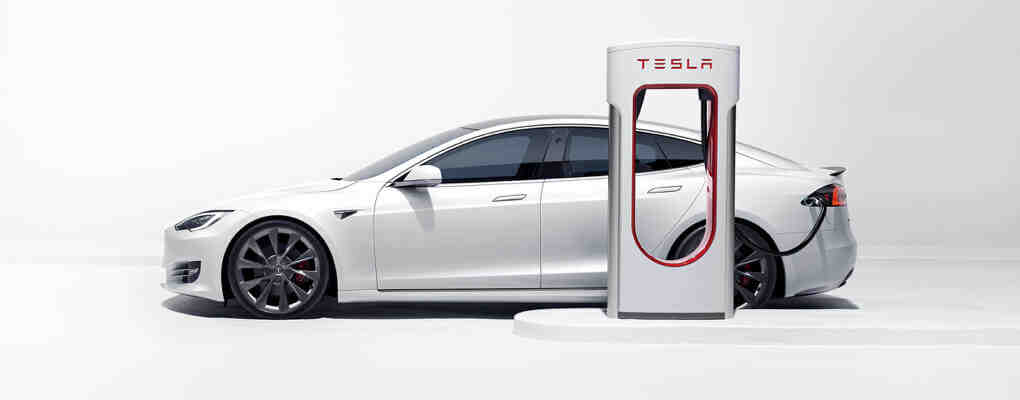
Why is supercharging so much faster than charging at home? Superchargers bypass the vehicle’s onboard chargers, delivering up to 120kW of direct current (DC) power to the battery. This power level requires dedicated transformers and utility connections that are not available in residential situations.
Is it better to charge Tesla at home? As long as you charge at home, charge as Tesla recommends is best. It does not charge your battery at incredibly high charging speeds and it benefits from the time your car is even parked at night.
How much does charging a Tesla at home add to your electric bill?
For all Tesla products, the average charging cost per kilometer is 4.56 cents per kilometer. So, if you only charge your Tesla at home, you can expect your electricity bill to increase by about $ 50 each month.
How much does Tesla add to your electric bill?
Tesla’s generally require about 25 kWh / 100 miles. So 1,500 miles is 375 kWh – which adds about $ 45 to your monthly electricity bill. But this is hugely variable – some parts of the world have much more expensive electricity – some cheaper.
Does Tesla use a lot of electricity at home?
The standard range for this model is 220 miles on a full charge. If all variables are perfect, that means Tesla is about. 22 kWh per kilometer or 220 watt-hours per kilometer. To put it in perspective, this is enough electricity to power 22 100-watt light bulbs for an hour.
What is the most efficient way to charge a Tesla?
The Tesla Supercharger is the fastest charging option when you are away from home, allowing you to charge your car up to 200 miles in 15 minutes.
How do I charge my Tesla more efficiently?
Maintain a regular, daily charging routine with a low-voltage charger (ie wall connector near your home). Avoid getting the battery too low in charge. Only use DC Fast Charging (ie supercharging) if necessary, such as during long road trips.
Is it better to charge a Tesla on 110v or 220v?
220V charging station is more efficient (less power lost), so it works cheaper.
Is charging a Tesla at home cheaper than gas?
A full charge will cost $ 15.29 in total. The cost to pay for a Tesla Model Y is about $ 11.47 cents, or 4.7 cents per mile. The cost of operating an electric vehicle is significantly lower than the cost of a conventional gas powered car, and it can be even cheaper if you charge your EV with solar panels.
Is it hard to get a job at Tesla?
Last year, Tesla received nearly 500,000 applications for just 2,500 open positions. That means the chance of getting a job at Tesla is just 0.5 percent, which makes the sustainable carmaker more exclusive than any college in the world.
What qualifications do you need to work at Tesla?
Requirements: High school diploma or GED, and post-secondary automotive education level (or equivalent military service experience) acceptable to Tesla. Must be at least 18 years old. Attend and pass each of the 16-week training sessions with an 85% or higher GPA.
How long does a Tesla last?

If you don’t mind driving around with a slightly under-performing battery, then you can expect the same battery to last anywhere from 300,000 to 500,000 miles, according to Elon Musk on Twitter.
How long does a Tesla last in a day? Tesla Car Battery Warranty by Model The lowest mileage warranty available from Tesla currently is its Model 3 warranty at 100,000 miles for 8 years. For context, this is 12,500 miles a year, 240 miles a week, or 24 miles a day, which is still probably enough for most car owners!
How many miles can you expect to get out of a Tesla?
Driving at top speeds between 135 and 200 miles per hour (mph), the average Tesla battery lasts between 300 and 400 miles. Tesla Model S has the longest battery charge, allowing you to drive 405 miles at a speed of 155mph. At the bottom of the scale is the Tesla Model 3.
How long can a Tesla drive without charging?
Tesla cars can last up to 60-70 days at no cost. Your settings need to be limited to get it to sleep. Tesla recommends charging “everyday” at 90%, but sitting without using the battery will only charge 1-2% per day. There are a few reasons why your Tesla sits idle.
How far can a Tesla go on one charge in hours?
Tesla has long been the production EV Range Champion, with a dual-engine Tesla Model S, equipped with a 100-kW-hr battery, capable of driving 335 miles on a single charge. Last week, Tesla released an updated version of the Model S, which promises 370 miles of track.
How reliable are Tesla’s?
According to J.D. Power Tesla vehicles had an average of 176 mechanical errors per 100, compared to 121 for the industry. It ranks Tesla 30th out of 33 brands in a J.D. Power Vehicle Dependability Survey, published last year.
Is Tesla the most unreliable?
Almost a third of EVs had an error, compared to a rate of 18.6% for gasoline cars. Kia was the most reliable EV manufacturer in the study, while Tesla was the least reliable.
Are Tesla cars more reliable?
Nevertheless, it is worth noting that while Kia was the most reliable compact SUV in the segment – triumphing over its gas, diesel and hybrid competitors – Teslas were the least reliable of all electric.
How many years do Tesla’s last?
Tesla designs vehicles with a battery life that survives the vehicle itself. Tesla has also started offering a minimum of 70% battery life guarantee over a period of 8 years or 100,000 to 120,000 miles.
How many miles can a Tesla do lifetime?
While at the higher end, the Model S has a 375 mile range according to the EPA, which brings the battery life to 560,000 miles. In 2019, Elon Musk commented on the battery life of the Model 3, saying that the Model 3 has a battery that should last 300,000 to 500,000 miles.
Can Tesla last for 10 years?
The average Tesla will have no difficulty 10 years plus without major repairs. Battery degradation is the main area of concern. However, Tesla batteries have proven durable and have recorded only 10% degradation after 200,000 miles.
Sources :
